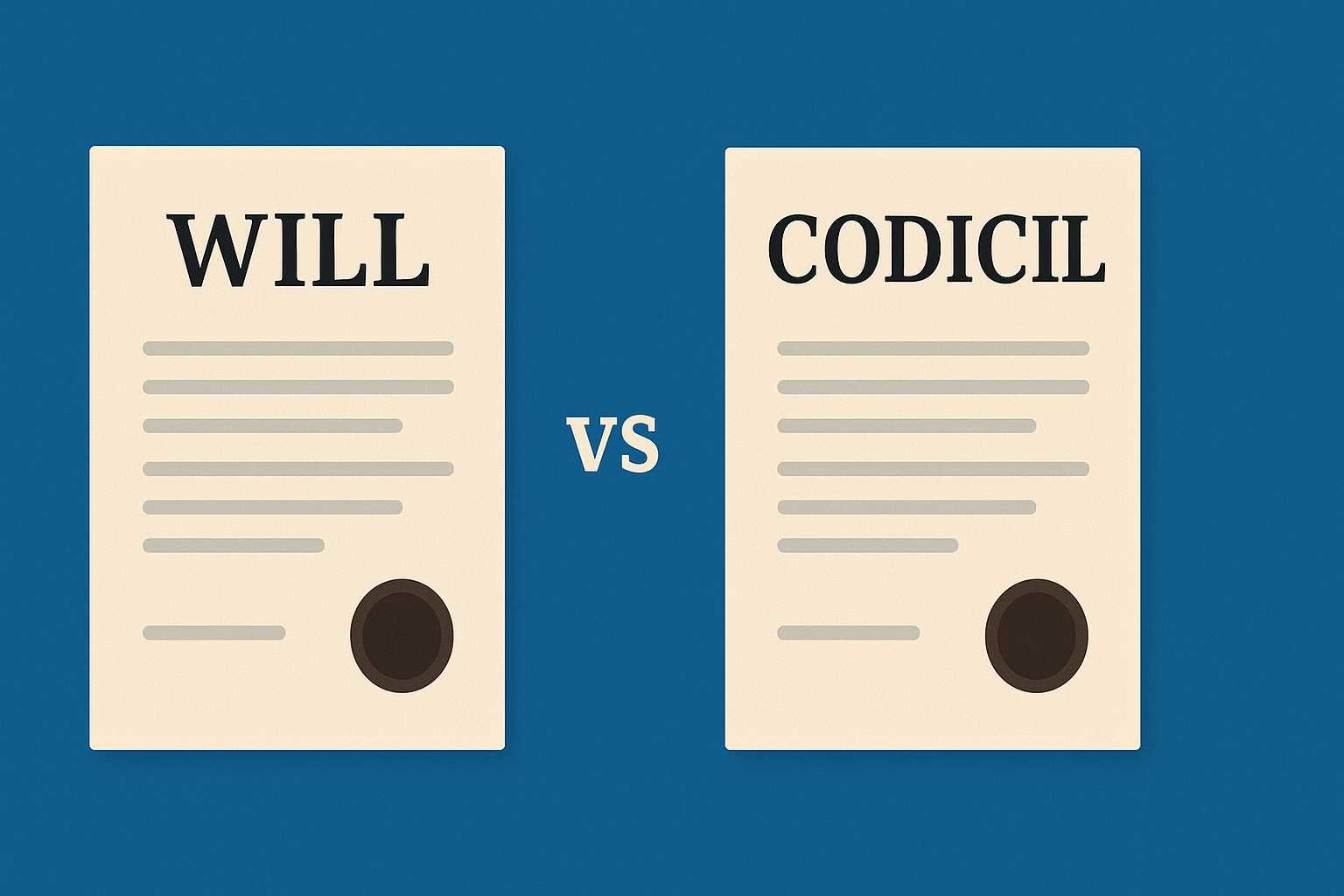On this page you will read detailed information about Difference Between Fiat Money and Legal Tender.
Introduction
Money is one of humanity’s most important inventions. But not all money is the same. When we talk about fiat money and legal tender, we’re dealing with two concepts that are closely related yet distinct in law, economics, and practice. Many people use these terms interchangeably, but in 2025—when digital currencies, central bank innovations, and cross-border payments are transforming finance—the difference matters more than ever.
This blog explores what fiat money is, what legal tender means, how they overlap, and why their differences matter for everyday citizens, businesses, and policymakers.
What Is Fiat Money?
Fiat money is currency that has value because a government declares it so—not because it is backed by a physical commodity like gold or silver. The word “fiat” comes from Latin, meaning “let it be done” or “by decree.”
Key Features of Fiat Money
- No intrinsic value: A ₹500 note or a $10 bill has little value as paper; its worth comes from collective trust.
- Government backing: Its legitimacy is based on the issuing authority (like the Reserve Bank of India, the U.S. Federal Reserve, or the European Central Bank).
- Unlimited supply (in principle): Unlike commodity-backed money, fiat can be printed or digitally created in large quantities—though over-issuance risks inflation.
- Flexibility: Governments can adjust supply to stabilize the economy, respond to crises, or manage growth.
Examples of Fiat Money
- Indian Rupee (INR)
- U.S. Dollar (USD)
- Euro (EUR)
- Japanese Yen (JPY)
Even digital versions (like CBDCs—Central Bank Digital Currencies) being rolled out in 2025 are fiat money, since they are not commodity-backed but rely on government trust.
What Is Legal Tender?
Legal tender refers to money that the law requires to be accepted if offered in payment of a debt. In other words, if someone owes you money, and they pay in legal tender, you cannot refuse it without breaking the law.
Key Features of Legal Tender
- Compulsory acceptance for debt settlement: Creditors must accept it for repayment.
- Defined by law: Legislatures specify what qualifies as legal tender (coins, notes, sometimes even electronic formats).
- Not always the same as all money in circulation: For instance, certain commemorative coins may be legal currency but not legal tender.
- Geographic limitation: Legal tender status typically applies only within the issuing country or monetary union.
Examples of Legal Tender
- In India, Reserve Bank of India notes and coins issued by the Government of India are legal tender.
- In the U.S., Federal Reserve notes and coins minted by the U.S. Treasury are legal tender.
- In the Eurozone, euro notes and coins are legal tender across all member states.
The Overlap Between Fiat Money and Legal Tender
Most legal tender today is fiat money, and most fiat money is declared legal tender. That’s why the terms often overlap in common speech.
- When you hand someone a ₹500 note, it is both fiat money (value by government decree) and legal tender (must be accepted for debts).
- A U.S. dollar bill is fiat money (not backed by gold since 1971) and legal tender (creditors must accept it).
But the two concepts are not identical, and important differences exist.
Key Differences Between Fiat Money and Legal Tender
| Aspect | Fiat Money | Legal Tender |
|---|---|---|
| Definition | Money with value by government decree, not backed by commodities | Money that must be legally accepted for repayment of debts |
| Scope | Broader economic concept; includes all government-issued currency | Narrower legal concept; applies to settlement of obligations |
| Legal Requirement | Not necessarily required to be accepted (unless also legal tender) | By law, must be accepted in settlement of debts |
| Examples | Central bank notes, coins, CBDCs, even non-legal-tender fiat (like certain demonetized notes before being withdrawn) | Specific notes and coins declared by statute (e.g., Indian rupee notes, U.S. dollars) |
| Nature of Value | Based on trust in government and monetary system | Based on statutory authority |
| Global Use | Can circulate internationally if trusted (e.g., U.S. dollar widely used abroad) | Valid primarily within jurisdiction granting legal tender status |
Why the Distinction Matters in 2025
- Demonetization & Currency Withdrawal
- When India demonetized ₹500 and ₹1000 notes in 2016, those notes ceased to be legal tender but were still technically fiat money until withdrawn. Distinguishing the two explains why you couldn’t legally use them for payments.
- Digital Currencies (CBDCs)
- India’s Digital Rupee and similar projects in China, Europe, and the U.S. raise the question: should digital tokens be legal tender, or merely fiat instruments backed by central banks? As of 2025, some countries are beginning to declare CBDCs as legal tender.
- Cryptocurrencies
- Bitcoin is not fiat money (not government-issued) nor legal tender in most jurisdictions (though El Salvador recognized it as legal tender). In India and most countries, crypto is neither, highlighting the distinction.
- Private Money & Vouchers
- Gift cards, airline miles, or private digital tokens can be forms of money substitutes, but they are not legal tender. Some may behave like fiat in limited ecosystems but lack the legal enforceability of state money.
- International Trade
- Legal tender status doesn’t apply across borders. The U.S. dollar is fiat money trusted worldwide, but it is not legal tender in India. Yet, many businesses accept it informally.
In the previous post, we had shared information about What Is a Tariff and Why Are They Important?, so read that post also.
Advantages of Fiat Money
- Flexibility for monetary policy: Central banks can expand or contract money supply.
- Cheaper to produce than commodity money.
- Supports modern economies: Enables credit systems, banking, and investment.
Advantages of Legal Tender
- Certainty in transactions: Creditors cannot refuse payment in legal tender.
- Facilitates uniformity: Standardizes what is accepted across the economy.
- Strengthens state sovereignty: Reinforces the government’s control over the monetary system.
Challenges and Criticisms
Fiat Moneya
- Risk of inflation or hyperinflation if governments print excessively.
- Dependent on trust in government stability and central bank discipline.
Legal Tender
- Rigid definition: May not adapt quickly to innovations (like crypto or stablecoins).
- Can lead to legal disputes: e.g., is payment by check or digital wallet “legal tender”? Usually no, unless specifically recognized.
Case Studies
- Eurozone Legal Tender Rules
- Euro notes and coins are legal tender across all 20 member states, but some retailers tried to refuse cash during COVID-19. Courts clarified that legal tender must be accepted unless extraordinary circumstances exist.
- U.S. Dollar Abroad
- The dollar is the world’s dominant fiat currency, but legal tender status stops at U.S. borders. Panama and Ecuador have adopted it officially, but in India, while dollars are trusted, they are not legal tender.
- India’s Digital Rupee (2025)
- The RBI is piloting the E-Rupee and moving towards giving it legal tender status, which would make it enforceable for debt settlement, not just a fiat instrument.
Conclusion
The difference between fiat money and legal tender lies in economics versus law:
- Fiat money has value because governments issue it and people trust it.
- Legal tender is money the law requires creditors to accept in repayment of debts.
Most of the time, the two overlap—like with the rupee or dollar—but not always. Understanding this distinction matters for interpreting demonetization, digital currencies, crypto, and the global economy in 2025.
As financial systems evolve, governments will need to clearly define what counts as legal tender and how fiat forms—whether paper, plastic, or digital—fit into that framework. For citizens and businesses, knowing the difference ensures clarity, confidence, and compliance in financial dealings.
Disclaimer
The information and services on this website are not intended to and shall not be used as legal advice. You should consult a Legal Professional for any legal or solicited advice. While we have good faith and our own independent research to every information listed on the website and do our best to ensure that the data provided is accurate. However, we do not guarantee the information provided is accurate and make no representation or warranty of any kind, express or implied, regarding the accuracy, adequacy, validity, reliability, availability, or completeness of any information on the Site. UNDER NO CIRCUMSTANCES SHALL WE HAVE ANY LIABILITY TO YOU FOR ANY LOSS OR DAMAGE OF ANY KIND INCURRED AS A RESULT OR RELIANCE ON ANY INFORMATION PROVIDED ON THE SITE. YOUR USE OF THE SITE AND YOUR RELIANCE ON ANY INFORMATION ON THE SITE IS SOLELY AT YOUR OWN RISK. Comments on this website are the sole responsibility of their writers so the accuracy, completeness, veracity, honesty, factuality and politeness of comments are not guaranteed.
So friends, today we talked about Difference Between Fiat Money and Legal Tender, hope you liked our post.
If you liked the information about Difference Between Fiat Money and Legal Tender, then definitely share this article with your friends.
Knowing about laws can make you feel super smart ! If you find value in the content you may consider joining our not for profit Legal Community ! You can ask unlimited questions on WhatsApp and get answers. You can DM or send your name & number to 8208309918 on WhatsApp









